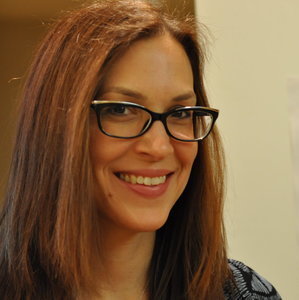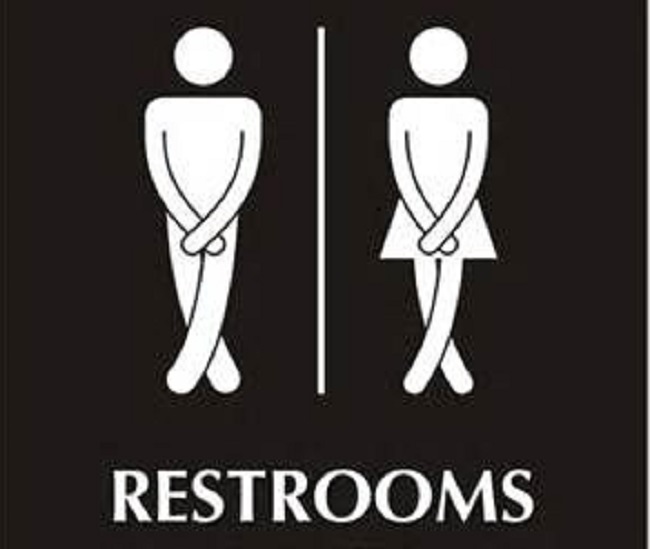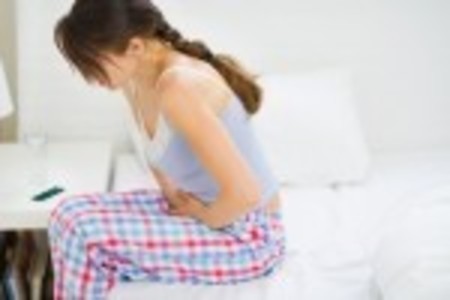I had my life all planned out. I was going to graduate high school, go to pharmacy school, graduate in four years, and then find a job working at a pharmacy that I loved. I wanted to date and get married and start a family, too. All that changed when I was diagnosed with endometriosis; even though I did not know it at the time.
Fast forward six years and I am a completely different person than I ever thought I would be. Before being diagnosed, I never really understood what people with health problems go through. Now, I do and I am more sympathetic and empathetic to those that have chronic illnesses. I know what it feels like to not be able to do all the things you want to do and love.
Tough Choices with Endo
I have chosen not to finish pharmacy school because my body just cannot handle the stress. I did not want to make this decision. My body has already been through so much. I do not want to put it through anything that may cause more harm. This is the only body I have and I want to make the most of it.
Am I mad? Yes! Will I be able to move on? Yes, because I know that there is a great life ahead of me even if it is not what I had initially planned. I was given endometriosis for a reason and I am not going to let it win. I am going to use what I have been through to help others who also suffer with this disease, as well as the other diseases that come along with endometriosis.
With Endometriosis Comes Many Other Diseases
I have been diagnosed with interstitial cystitis, polycystic ovary syndrome, and osteoporosis, in addition to the endometriosis. I had a hysterectomy at the age of 23. I know I can adopt, but that is a very challenging process to go through. This will make having a family difficult, but not impossible. It may seem like I am giving up because I am not pursuing a dream I had, but I am not. When I was fighting for pharmacy school and for my health, I realized that I just did not have it in me to keep fighting for both. I had to choose my health, because if I did not, I felt like my quality of life would be worse than it is now. If I were to continue pharmacy school, I felt like I would not be able to enjoy the experience. So instead, I am using everything in my power to gain awareness for endometriosis. I encourage people to talk about this disease so that one day there will be a cure. I do not want anyone to ever go through the agonizing heartache and pain I have been through.
When I was first diagnosed, I never thought I would be dealing with endometriosis for the rest of my life. I was sure there was a pill that would help end my pain, but sadly, I was mistaken. I continue to pray that I will wake up one day and not be in pain anymore. However, I have come to the realization that I will be in some kind of pain for the rest of my life. I have to find a way to be able to cope with that pain. I know some people do not understand this, but I have become closer with God since all of this has happened. Many people do not like to hear the saying “everything happens for a reason”, but that is what gets me through each day.
How do you deal with your symptoms of endometriosis and what has the disease stolen from you? Share your story here on Hormones Matter. Write for us and together we can end endometriosis.
















